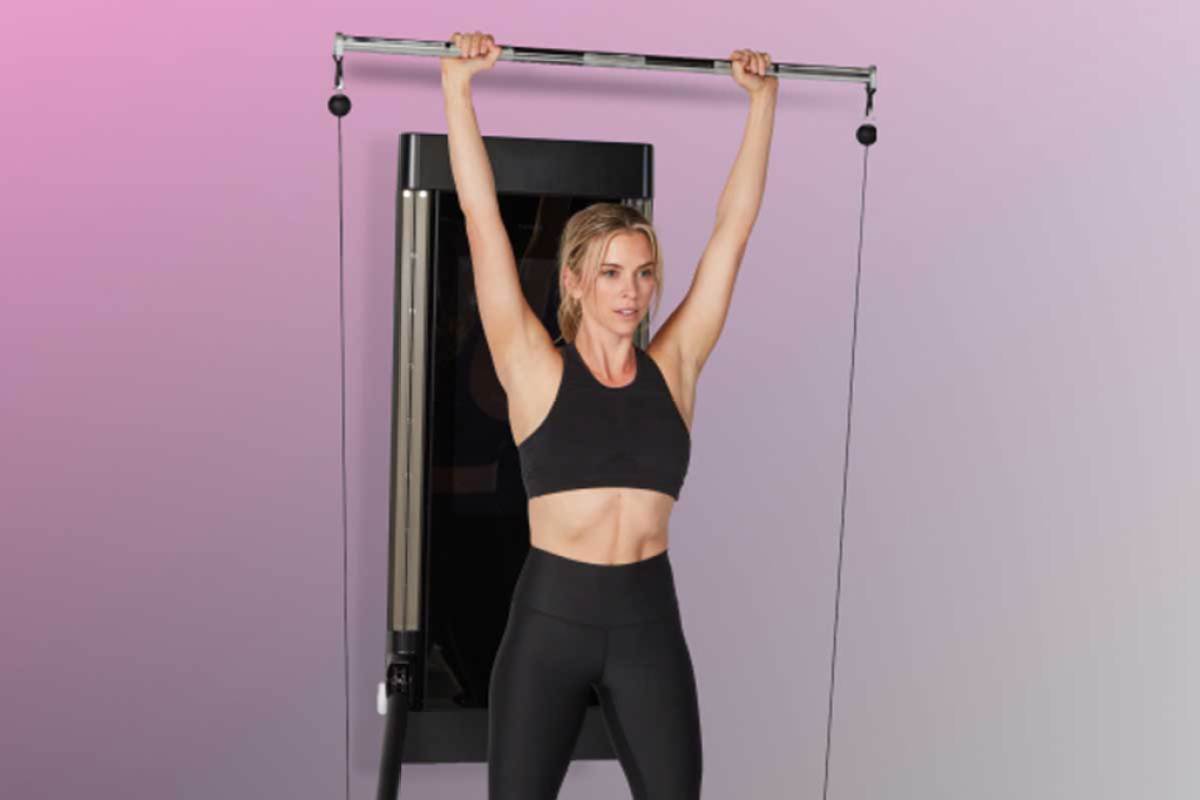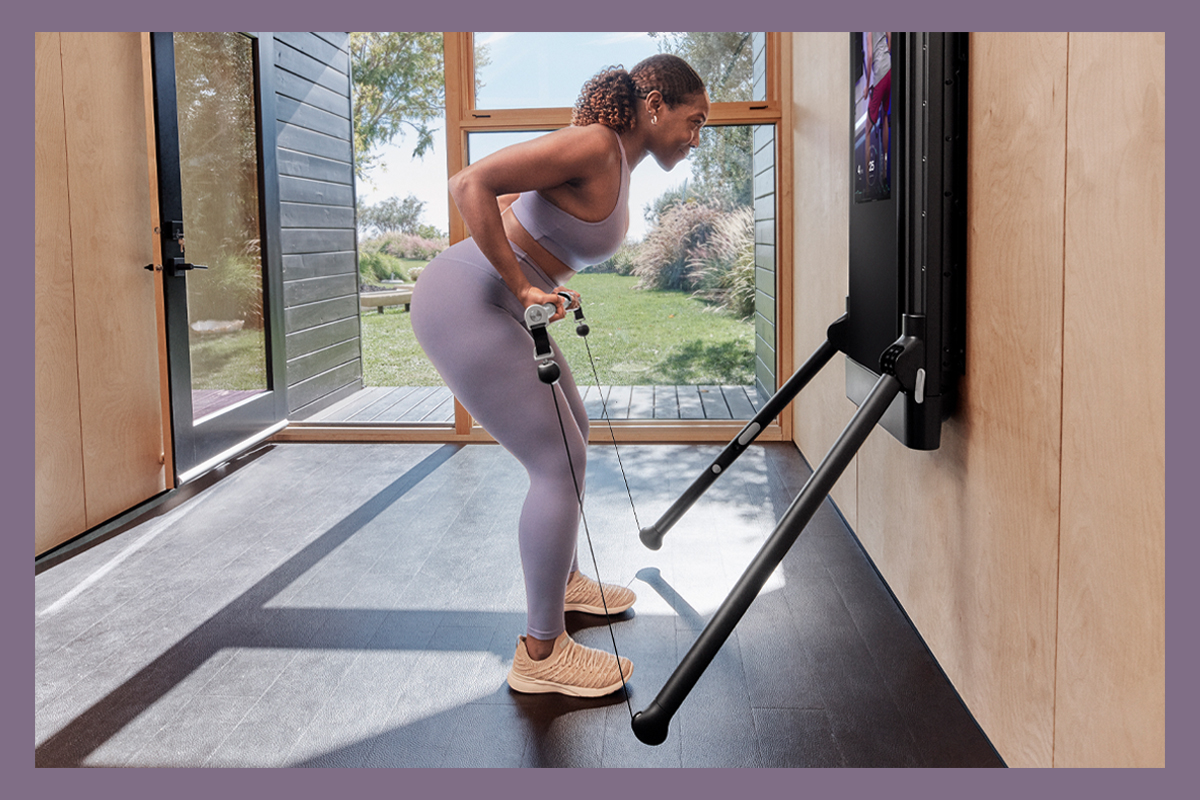A new study suggests most people aren’t choosing the right weights.
In resistance training, the weight you lift for each exercise is just as important as the specific moves in your workout. Choosing the right amount of resistance is essential to fostering change in your muscles, whether your goal is to build strength, improve fitness, or get lean. But according to a new meta-analysis, if you’re choosing dumbbells or barbell plates on your own, you’re probably not picking the right weights.
In the meta-analysis, researchers looked at 18 different studies with a total of 359 participants to determine what resistance people tend to choose for themselves. In all the studies included in the analysis, participants performed a one-rep max test for an exercise and did at least one set of the same exercise at a self-selected weight.
Researchers found that the participants chose weights that were, on average, 53 percent of their one-rep max. While this weight range may be beneficial for novice lifters looking to gain muscle, it’s likely too light for more advanced lifters to optimally build strength. This average was consistent across different exercises and didn’t vary significantly based on age, gender, training experience, or whether participants chose their weights before or after the one-rep max test.
You’ll generally want to lift 80 percent or more of your one-rep max to increase maximum strength, and 30 to 90 percent of your one-rep max to build muscle mass (as long as those reps are taken close to failure), according to Troy Taylor, Senior Director of Performance at Tonal. Lifting below these ranges may hinder your results.
“A possible byproduct of using lighter loads with the goal of increasing hypertrophy and maximal strength is that more repetitions will be required to achieve sufficient intensity of effort,” the study’s authors write. “This, in turn, may lead to greater levels of discomfort, pain, and cardiovascular strain, which could negatively affect one’s motivation to exercise at a sought-after intensity.”
Unless you do a one-rep max test for each exercise in your routine—and these tests can be very challenging and potentially dangerous without a spotter—you’re likely short-changing yourself in your weight selection and unintentionally stalling your progress.
Tonal eliminates this uncertainty by giving you personalized weight recommendations based on your estimated one-rep max for each exercise. Your initial strength assessment determines your starting weight for every move in the Tonal library. As you complete more workouts and gain strength, these weights increase to meet your abilities. This ensures you’ll always be lifting following the proven principle of progressive overload, or gradually increasing training stress over time.
Adaptive digital weight has other benefits, too. Depending on the purpose of your workout, you might lift different weights for the same exercise. For example, if you’re doing a deadlift in a strength-focused workout with sets of 5 reps or less, the weight should be closer to 85 percent of your one-rep max. However, in a high-intensity workout where the focus is increasing work capacity and you’re doing 15 reps of deadlifts, the weight should be lighter. Tonal automatically makes all these adjustments for you—there’s no need to slow down your workouts with calculations.
There are instances when targeting light weights is effective, such as in active recovery workouts. In these sessions, which are designed to reduce inflammation and loosen up sore muscles, Tonal automatically lowers your resistance to 50 to 60 percent of your one-rep max for each exercise. Save these lighter weights for recovery days so you can lift heavier in your primary workouts.




